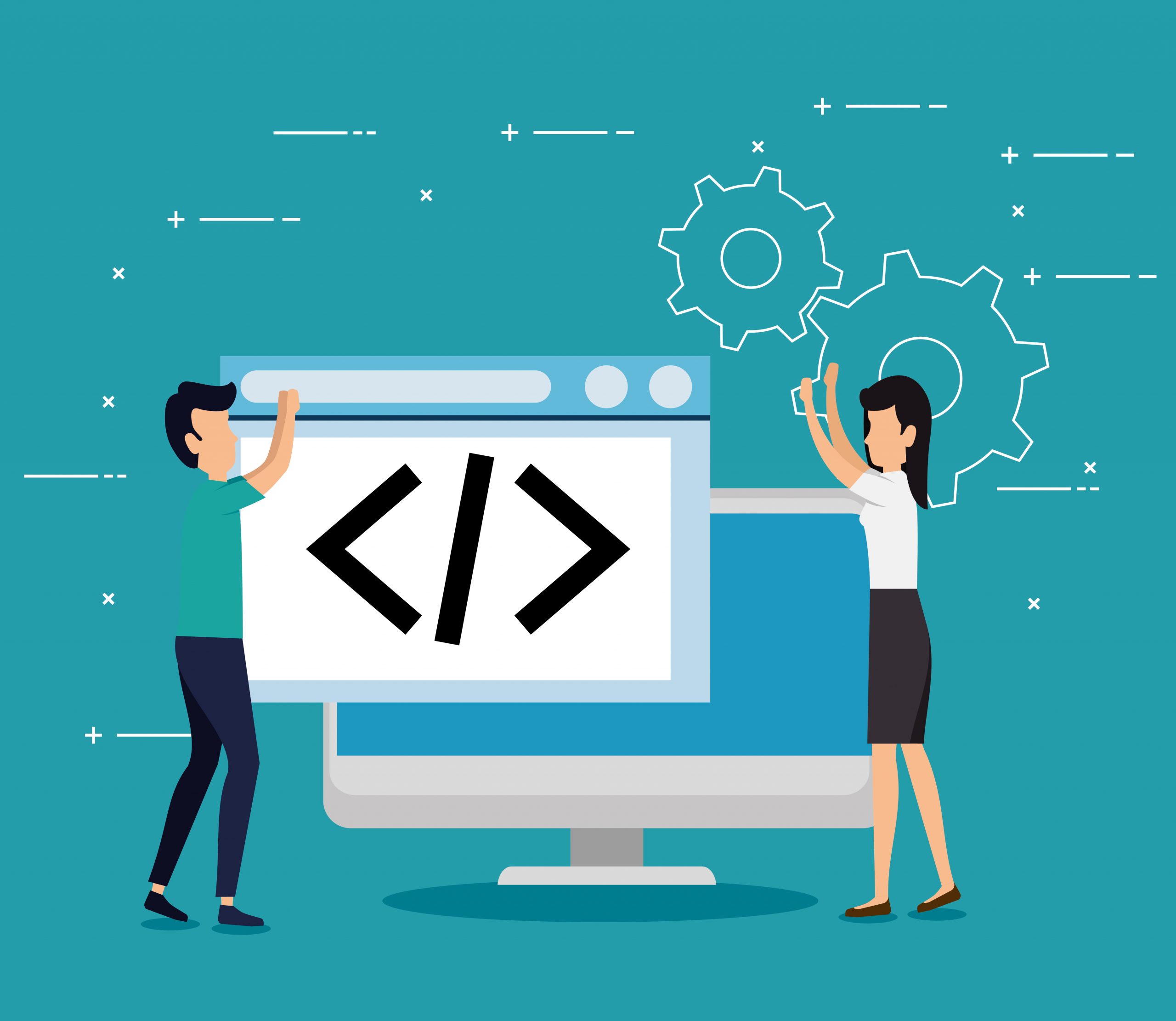In today’s dynamic business landscape, the need to bridge the skills gap has become more pressing than ever. With technological advancements and evolving job requirements, organizations are constantly challenged to ensure that their workforce possesses the right skills to drive success. To navigate this challenge effectively, it’s crucial to have a well-defined strategy in place.
Step 1: Identify skill deficiencies
The first step in bridging the skills gap is to conduct a comprehensive skills gap analysis. This involves identifying the skills that are currently lacking within your organization. By examining job roles, performance data, and future business objectives, you can pinpoint areas where skill deficiencies exist.
Step 2: Define target skills
Once you’ve identified the skill gaps, the next step is to define the target skills needed to fill those gaps. Consider both technical skills and soft skills that are essential for job performance and organizational success. Engage with stakeholders across departments to ensure alignment with business goals.
Step 3: Develop learning paths
With target skills identified, it’s time to develop customized learning paths for employees. Leverage e-learning platforms and online courses to provide flexible and accessible training options. Incorporate a mix of formal training, on-the-job learning, and mentorship programs to cater to diverse learning styles.


Step 4: Implement training programs
Roll out training programs that are tailored to address specific skill gaps. Offer opportunities for employees to acquire new skills through workshops, seminars, and certification programs. Encourage continuous learning and skill development to foster a culture of growth within the organization.
Step 5: Monitor progress and adjust
Track the progress of employees as they undergo training and development activities. Use data analytics and performance metrics to measure the effectiveness of your initiatives. Regularly review and adjust your strategy based on feedback and evolving business needs.
Step 6: Evaluate results
Finally, evaluate the results of your efforts to bridge the skills gap. Assess the impact on employee performance, productivity, and overall business outcomes. Celebrate successes and identify areas for further improvement to refine your strategy over time.
By following these steps, organizations can develop a systematic approach to bridging the skills gap and empowering their workforce for the future. At Brick, Mortar and Daughter, we’re committed to helping businesses navigate this journey with our innovative HR solutions. Together, let’s build a skilled and resilient workforce ready to tackle any challenge.



